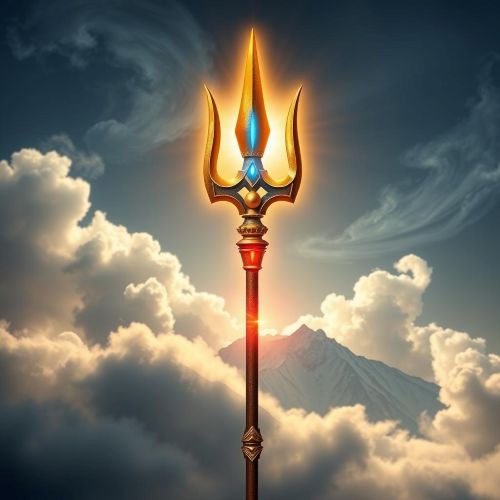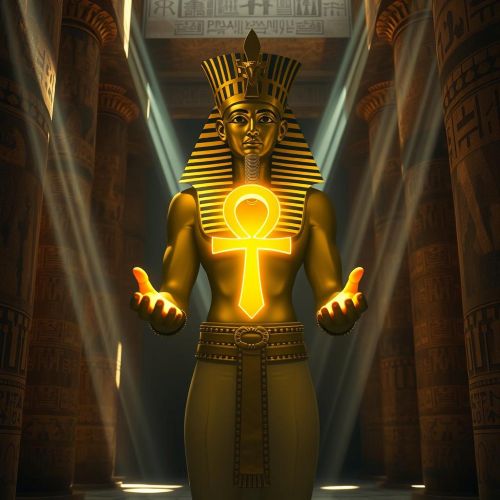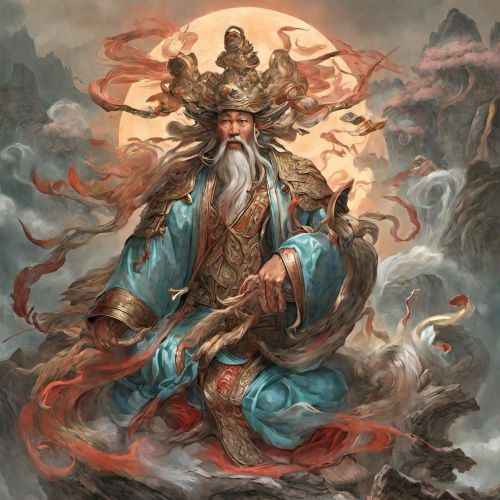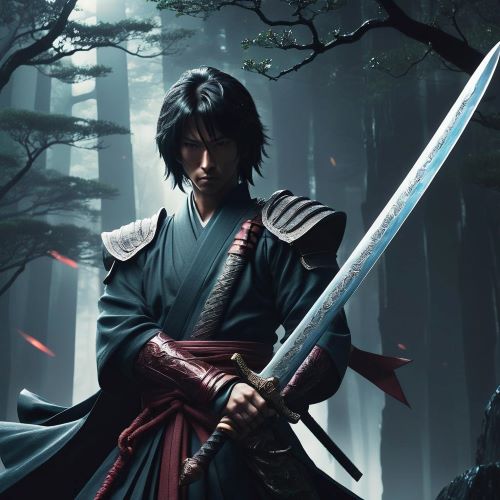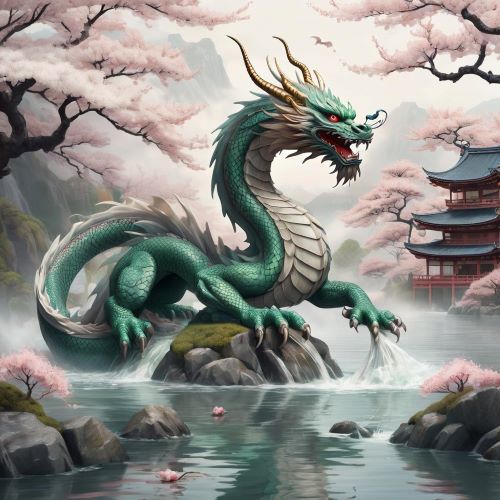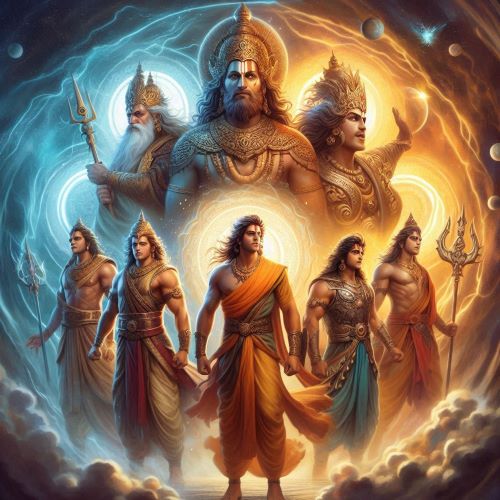
Ashtadikpalakas: Divine Sentinels of the Eight Directions
In Hindu cosmology, the universe is believed to be governed and protected by powerful deities assigned to different directions. These deities are known as the Ashtadikpalakas or Ashta Dikpalas, meaning “Guardians of the Eight Directions.” Each of these divine beings is responsible for safeguarding a specific direction and is revered in various Hindu rituals, scriptures, and temple architecture. The concept of the Ashtadikpalakas plays a crucial role in Hindu tradition, influencing vastu shastra (Hindu architectural principles), temple designs, and religious ceremonies.
The Eight Guardians and Their Domains
The Ashtadikpalakas each preside over one of the eight cardinal directions. They are as follows:
- Indra – Guardian of the East
- Indra, the king of the Devas (celestial beings), is the ruler of the eastern direction. He is depicted riding the divine elephant Airavata and wields the thunderbolt weapon, Vajra. Indra is associated with rain, storms, and the maintenance of cosmic balance.
- Agni – Guardian of the Southeast
- Agni, the god of fire, governs the southeastern direction. He is a crucial deity in Hindu rituals, as fire is an essential medium for offerings and prayers. He is depicted with multiple heads and flaming hair, symbolizing his fiery nature.
- Yama – Guardian of the South
- Yama, the god of death and justice, rules the southern direction. He is the enforcer of dharma (righteousness) and oversees the fate of souls after death. Yama is often depicted riding a buffalo and holding a noose, signifying his role as the collector of souls.
- Nirriti – Guardian of the Southwest
- Nirriti is the deity associated with the southwestern direction and represents decay, destruction, and misfortune. She is sometimes regarded as a malevolent force but also plays a role in balancing the cosmic order. Nirriti is depicted as a dark, fearsome goddess.
- Varuna – Guardian of the West
- Varuna, the god of water and cosmic order, protects the western direction. He is often portrayed riding a mythical sea creature, Makara, and holding a Pasha (noose), symbolizing his control over the oceans and laws of the universe.
- Vayu – Guardian of the Northwest
- Vayu, the god of wind, governs the northwestern direction. He is depicted as a powerful and swift deity riding an antelope. Vayu is considered the breath of life, representing movement, force, and change.
- Kubera – Guardian of the North
- Kubera, the god of wealth and prosperity, rules the northern direction. He is often depicted as a stout deity adorned with jewels, riding a mongoose or a chariot. Kubera is the guardian of treasures and the king of Yakshas (nature spirits).
- Ishana (Rudra) – Guardian of the Northeast
- Ishana, a form of Lord Shiva, protects the northeastern direction. He embodies knowledge, wisdom, and spiritual enlightenment. Ishana is depicted as a serene yet powerful deity, often associated with Shiva’s divine energy.
Significance of Ashtadikpalakas in Hinduism
The concept of Ashtadikpalakas is deeply embedded in Hindu traditions and beliefs. These deities are invoked in various religious rituals, including temple construction, Vastu Shastra, and sacred ceremonies. Some key aspects of their significance include:
- Temple Architecture
- Many Hindu temples incorporate the Ashtadikpalakas in their design. Their images are often placed in different corners of the temple, symbolizing protection from all directions. Major temples like the Brihadeeswarar Temple in Tamil Nadu feature sculptures of these guardian deities.
- Vastu Shastra (Hindu Architecture and Spatial Arrangement)
- Vastu Shastra, the traditional Indian system of architecture, considers the placement of the Ashtadikpalakas when designing buildings. Each direction is associated with a specific deity, influencing the placement of rooms and structures for harmony and prosperity.
- Yagnas and Rituals
- During important Hindu rituals, especially Yagnas (fire sacrifices), the Ashtadikpalakas are invoked for blessings and protection. Their presence is believed to ensure the success and purity of the rituals.
- Protection and Cosmic Order
- The Ashtadikpalakas represent the cosmic forces that maintain balance in the universe. They act as divine sentinels who prevent chaos and uphold dharma (righteousness) in their respective domains.
Representation in Art and Culture
The Ashtadikpalakas are frequently depicted in Hindu art, temple murals, sculptures, and manuscripts. They are often portrayed in traditional iconography, each with distinct attributes and vehicles. Their influence extends beyond religious texts into cultural storytelling, dance performances, and even contemporary artistic expressions.
Modern-Day Relevance
Though ancient, the concept of Ashtadikpalakas continues to influence contemporary Hindu practices. Many people still follow Vastu Shastra principles when constructing homes and offices, considering the directional deities for positive energy. In spiritual discourses, the Ashtadikpalakas serve as symbols of divine protection, reminding devotees of the cosmic forces that govern existence.
Conclusion
The Ashtadikpalakas, as guardians of the eight directions, hold a vital place in Hindu cosmology and spiritual traditions. Their roles in protecting the universe, guiding religious practices, and influencing architectural principles highlight their enduring significance. Whether in temples, rituals, or modern spiritual beliefs, the Ashtadikpalakas continue to be revered as the divine sentinels who maintain cosmic harmony and righteousness.



